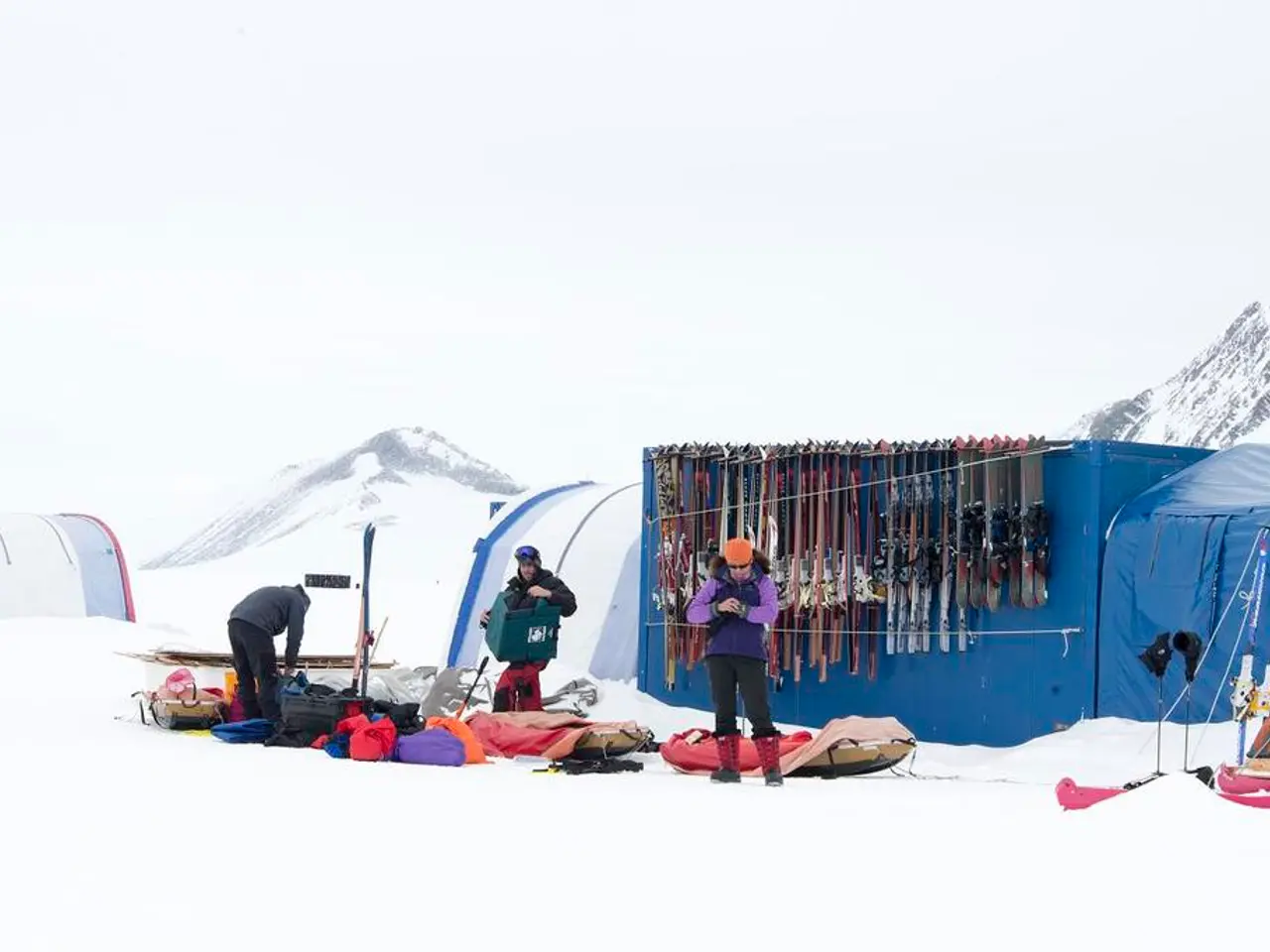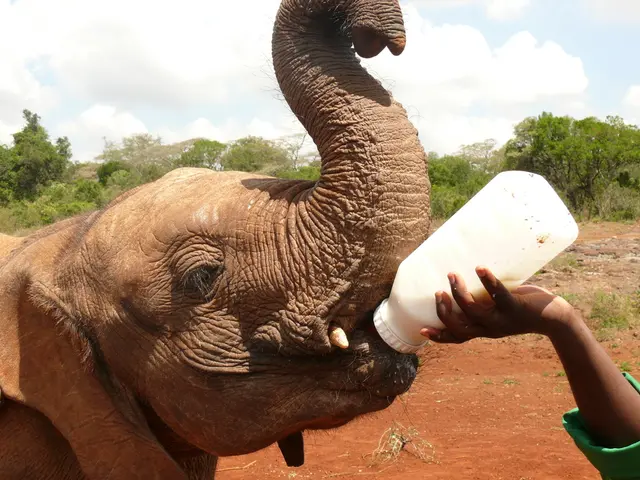A Look Back at a Quarter-Century of Avalanche Research: Key Findings Examined
In a comprehensive report spanning 25 years, the full details of avalanche incidents in New Zealand have been made available, offering valuable insights into the complexities of avalanche risks in the country's backcountry.
The data, covering the period from 1998 to 2023, reveals that avalanches are most common during winter and early spring, particularly in September, with the Queenstown region seeing the highest number of incidents.
Environmental conditions play a significant role in avalanche incidents, with snowpack stability, weather patterns, and terrain characteristics in the Southern Alps region being key factors. Specifically, avalanches were most common on southeasterly aspects at elevations between 1,750-2,000m.
Human factors also contribute significantly to avalanche incidents. Many incidents involve decision-making errors, such as underestimating avalanche risk, poor route selection, lack of appropriate avalanche education or experience, and exposure to hazardous slopes.
Another notable trend is the growing number of backcountry users in New Zealand’s alpine environments, increasing exposure to avalanche hazards. This trend, coupled with warmer temperatures and changing precipitation patterns leading to more variable snow conditions and unstable snowpacks, complicates risk assessment.
The findings emphasize the importance of avalanche awareness training and the use of forecasting tools to inform safer decision-making in the backcountry. Development of more precise avalanche forecasts and timely communication enables users to avoid high-risk areas during dangerous conditions.
Encouragement of conservative decision-making, group communication, route planning that minimizes exposure to avalanche terrain, and carrying appropriate safety equipment (beacons, probes, shovels) are also crucial for risk management.
Insights from the report support the need for better search and rescue logistics and emergency response planning to reduce fatalities and improve outcomes after incidents.
The report, a comprehensive analysis by the MSC, provides evidence-based insights to help recreationists, backcountry users, and avalanche professionals understand and mitigate risks. The study also confirms that incidents predominantly involved size 1-2 slab avalanches, with wind slabs being the most common.
The data shows that there were 798 reported avalanche incidents from 1998 to 2023, including 27 fatalities. Recreational incidents were most common when the NZAA Danger Rating was 'Moderate'.
To access the specific details of the 2023 report or for the latest and detailed findings, it is recommended to access government or research agency publications such as those from New Zealand's Department of Conservation (DOC) or Avalanche Advisory services. The MSC has also committed to regularly updating the data on avalanche incidents in New Zealand.
These findings underscore the ongoing need for avalanche education, awareness, and preparedness in New Zealand's alpine backcountry.
- Although the comprehensive report investigates avalanche incidents in New Zealand, it also sheds light on the significance of understanding various aspects like science, health-and-wellness, fitness-and-exercise, and environmental-science due to the role they play in risk assessment and safer decision-making in backcountry alpine environments.
- The extensive report on avalanche incidents in New Zealand brings to light a growing trend of interest in health-and-wellness activities such as sports and fitness-and-exercise, which often take place in backcountry environments, heightening the need for avalanche awareness and proper precautions.




